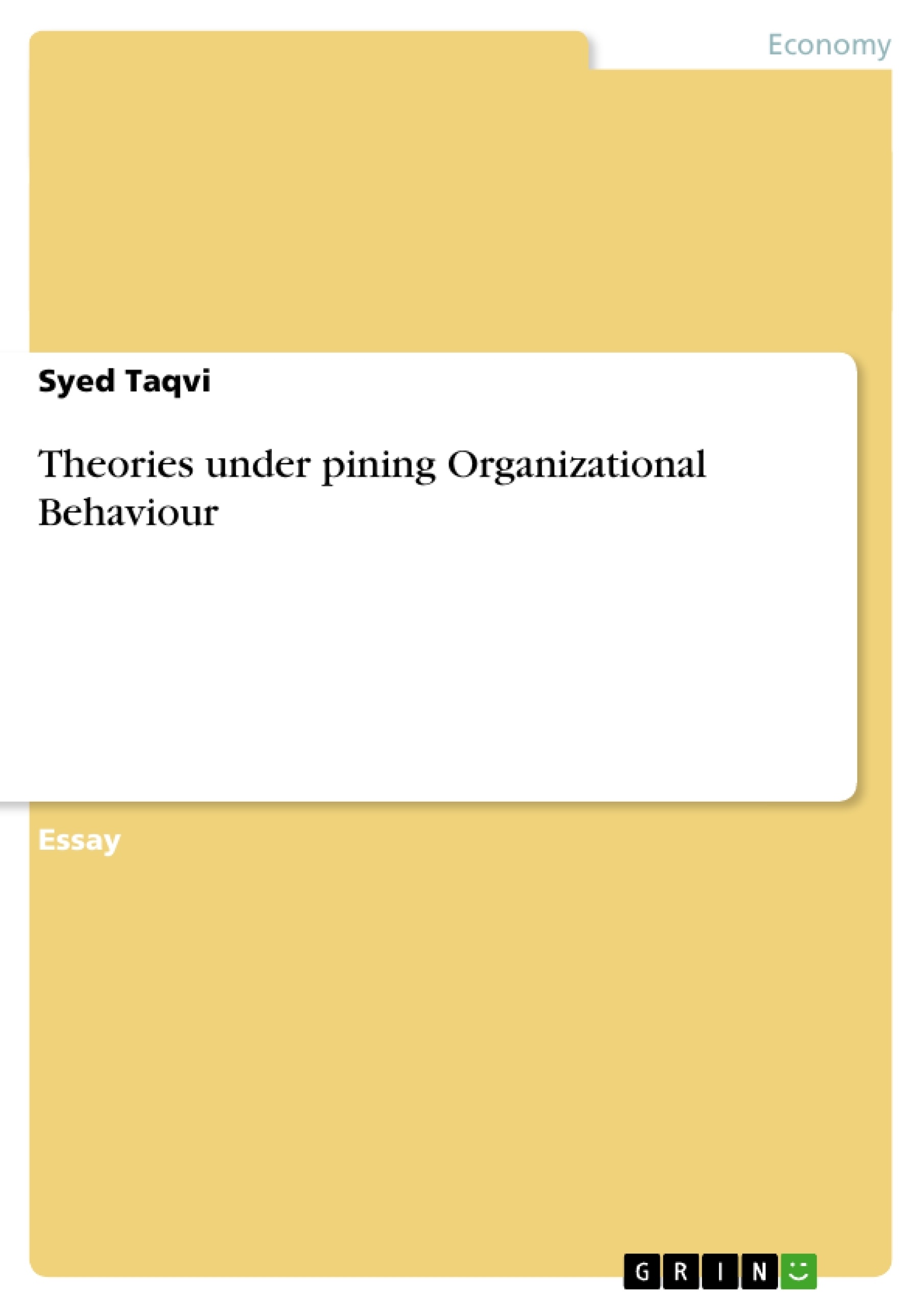The Essay provides the theories that under pin the Organizational Behaviour.The essay focuses on Honey and Mumford theory also.
Inhaltsverzeichnis (Table of Contents)
- Introduction
- Aims and Objectives
- The governmental laws and regulations regarding the foreign companies.
- The socio-cultural differences within the home country and the host country.
- To decide the mode of entry in the foreign market.
- Six step model of internationalization
- Challenges faced by the organization
- Socio-Cultural
- Legal
- Economic
- Political
- Technology
- Mode of Entry
Zielsetzung und Themenschwerpunkte (Objectives and Key Themes)
This assignment focuses on a UK domestic food retailer, W M Morrison Supermarkets PLC, which aims to expand into the international market. The research explores the challenges and considerations of internationalization, particularly in the context of selecting a suitable foreign market and determining an appropriate mode of entry. The organization seeks to identify the best option between Italy and China, considering various factors like cultural differences, legal frameworks, and economic environments.
- Challenges of internationalization
- Market selection
- Mode of entry
- Socio-cultural, legal, economic, political, and technological environments
- SLEPT model for analyzing international market entry
Zusammenfassung der Kapitel (Chapter Summaries)
The introduction sets the context for the research, highlighting the increasing trend of domestic organizations expanding into global markets. It focuses on W M Morrison Supermarkets PLC's goal to internationalize and the need to analyze both Italy and China as potential markets. The document outlines the key objectives, including identifying the major challenges of internationalization, considering socio-cultural differences, and determining the best mode of entry.
The six-step model of internationalization, a framework for understanding the internationalization process, is introduced. The model emphasizes the importance of considering motives for internationalization, the company's situation (SWOT analysis), product and service offerings, market selection, mode of entry, and the timing of entry. The document then delves into the challenges faced by organizations during internationalization, using the SLEPT model (Social, Legal, Economic, Political, and Technological) to analyze the environmental factors.
The chapter explores the impact of socio-cultural differences, legal systems, economic conditions, political environments, and technological advancements on international marketing and internationalization. It discusses the complexities of navigating diverse cultural contexts, understanding legal frameworks, adapting to economic fluctuations, managing political risks, and leveraging technological opportunities.
Schlüsselwörter (Keywords)
This document focuses on the key concepts of internationalization, market selection, mode of entry, socio-cultural differences, legal environments, economic conditions, political risks, technological advancements, and the SLEPT model. The study explores the challenges faced by organizations when entering new international markets, particularly considering factors like cultural differences, legal frameworks, economic conditions, and political stability.
- Quote paper
- Syed Taqvi (Author), 2009, Theories under pining Organizational Behaviour, Munich, GRIN Verlag, https://www.grin.com/document/141870




